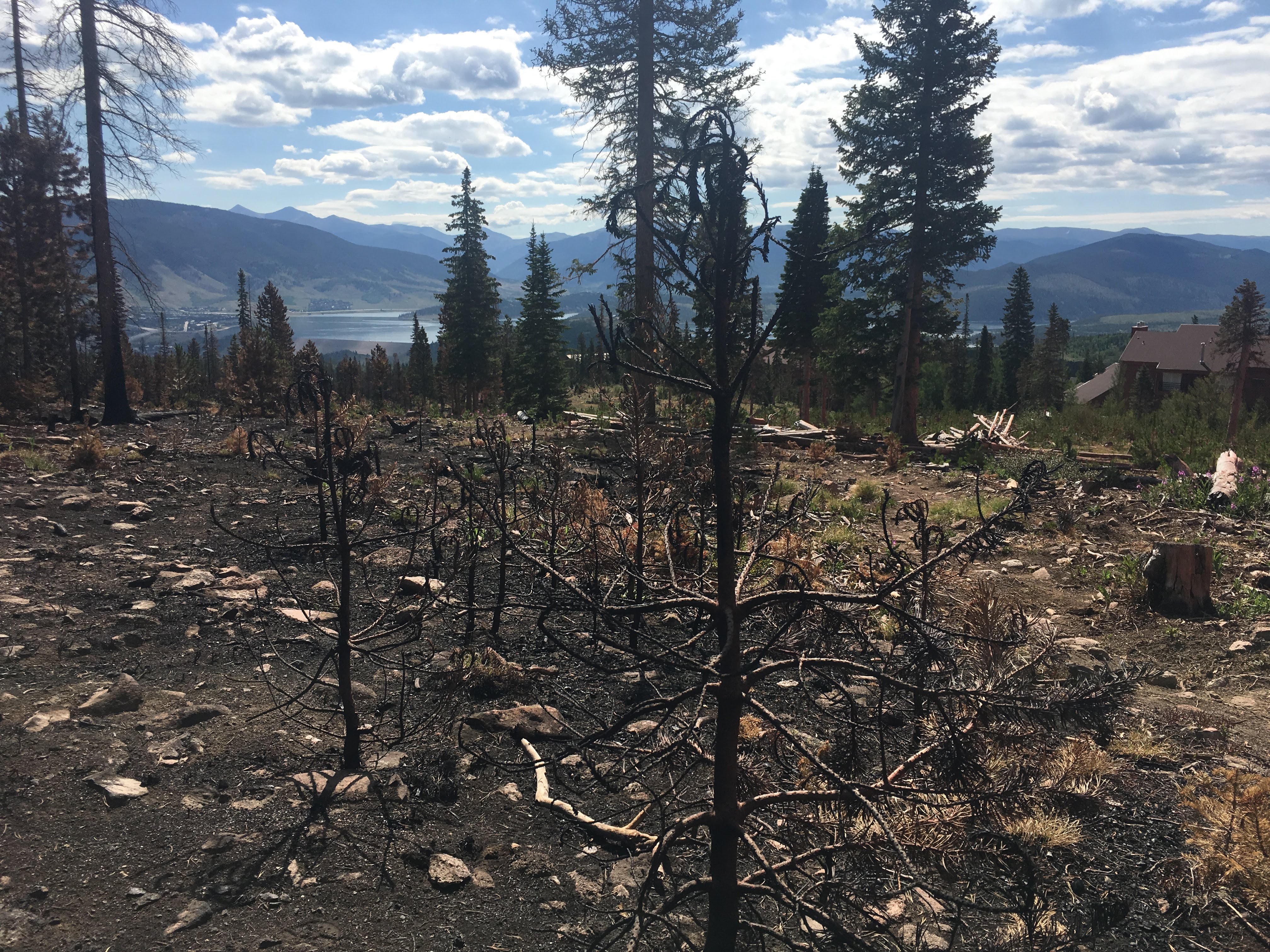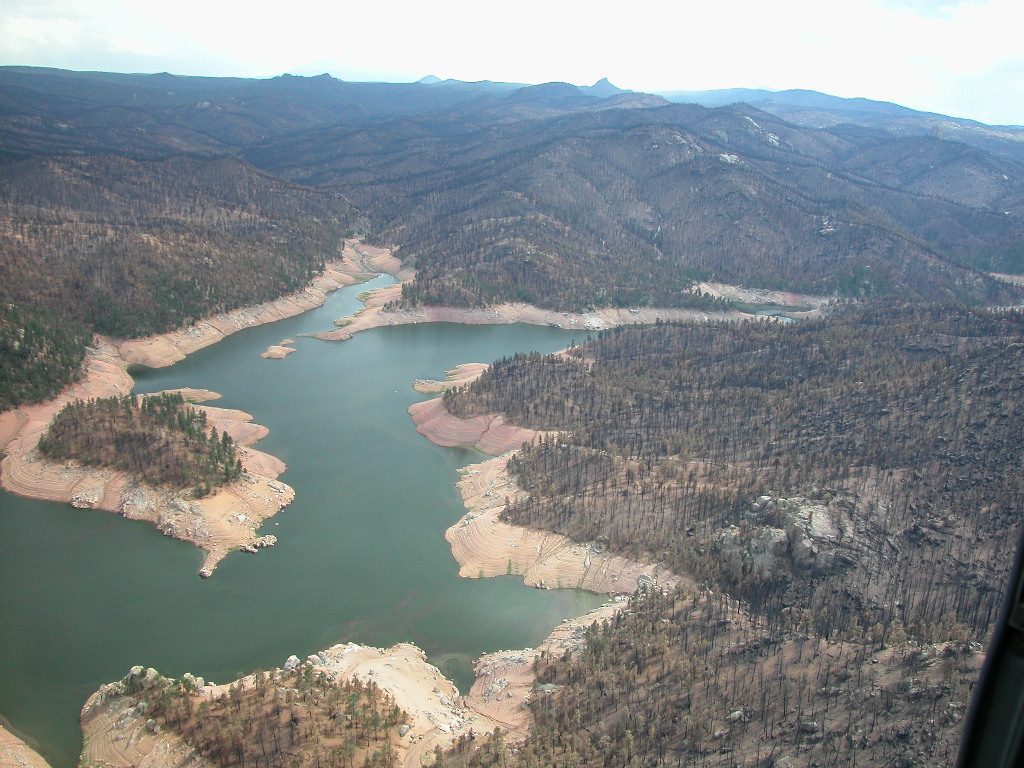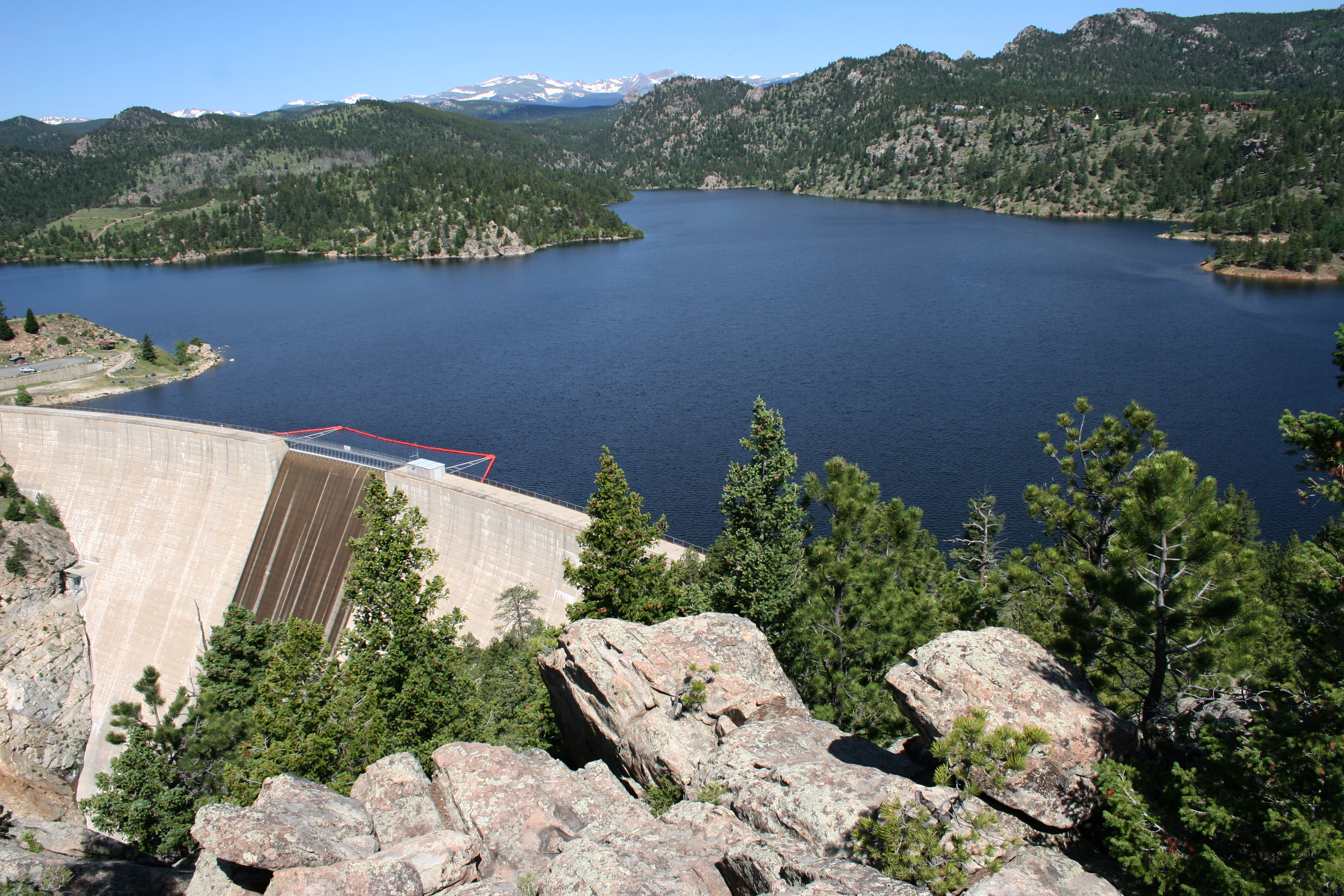
June’s hot, dry conditions have cross-divide consequences
The start of this year’s summer season, May 1 to July 15, was one of the hottest and driest ever recorded by Denver Water, which is celebrating its 100th anniversary in August.
It’s another sign of the increasing variability of weather patterns and the consequences that will roll across both sides of the Continental Divide.
The month saw fires burning through thousands of acres of dry forest on the West Slope. In Denver, the city tied its all-time heat record on June 28, when the thermometer hit 105 degrees.
The hot summer months also come on top of a smaller-than-normal snowpack in the South Platte River basin and statewide last winter.
The result?
In Denver, as temperatures regularly soared into the 90s, the hot, sunny days have demanded extra irrigation to keep landscapes alive. Denver Water customers’ water use from May 1, when summer watering rules take effect, to July 15 was 17 percent above the six-year average, from 2012 to 2017.
But that’s actually more than 20 percent lower than water use during similarly hot, dry stretches in past years. The reduction comes despite significant population growth.
So, while individual customers will see their higher water use reflected in higher monthly bills that will be hitting mailboxes in coming weeks, the drastic impacts imposed by Mother Nature aren’t a complete surprise. Denver Water has been working for years to proactively prepare for and manage these challenging times.
One of its efforts, the aggressive forest treatment processes in Denver Water’s priority watersheds, helped save $1 billion worth of infrastructure from a fire in Summit County just last month.
And efficient customer use has helped keep more water in reservoirs and streams.
“Our customers consistently use less water than they did prior to the drought of 2002, even as the city’s population has grown,” said Greg Fisher, manager of demand planning for Denver Water. “It’s important that we and our customers always be aware that we live in a dry climate and we need to use water wisely and efficiently. We never know when the next drought will begin.”
The lower-than-normal amount of water in the South Platte basin, which saw stream flows at just 40 percent of normal, means Denver Water has had to look to its West Slope collection system, centered on Summit and Grand counties, to make up the difference.
Unlike the last four wetter years, 2014 through 2017, Denver Water this year does not have as much flexibility to send extra water down streams and rivers in Grand County, including the Fraser River and Ranch Creek, one of the Fraser’s tributaries and a favored trout-fishing stream that lies east of Tabernash. (Watch “Searching for solutions to help trout keep their cool” to see Denver Water’s voluntary releases into Ranch Creek in 2016, when conditions allowed for flexibility of the system.)
Fortunately, Denver Water deliberately scheduled maintenance work this summer on a portion of its Grand County collection system, the Jim Creek Siphon. That work is allowing up to 5,000 acre-feet of water that normally would have been diverted across the Continental Divide to flow into the Fraser River between July and September.
And, there’s more to come.
When the Gross Reservoir Expansion Project — which is in the final stages of approval after 15 years of permitting — is done, Denver Water will have more flexibility throughout its system to react to year-to-year changes in snowpack levels, extreme weather swings and unbalanced conditions across the state.
For Grand County, the project’s completion means an additional 1,000 acre-feet of water will flow down its rivers and streams, including the Fraser and Williams Fork rivers and Ranch Creek, every year after the expansion project is finished, as outlined in the Colorado River Cooperative Agreement signed in 2013 by Denver Water, Grand County Commissioners, Trout Unlimited and 15 other entities.
Denver Water also has a new, standing approach to drought management.
The Drought Response Committee, created in 2013, meets regularly throughout the year no matter what the conditions are and is constantly watching for evidence that a drought may be looming. The group monitors weather patterns, water supplies and customer usage, and compares the situation against Denver Water’s standards for drought restrictions.
If conditions warrant, Denver Water has a drought response plan ready to go which includes additional water use restrictions for our customers to help us conserve our mountain water supplies.
So far in 2018, conditions call for continued vigilance on water usage, but no additional drought restrictions. Despite the lackluster statewide snowpack this year, Denver Water’s storage system reached 98 percent full. And, as of July 15, Denver Water’s reservoirs were 94 percent full. Typically, they are 96 percent full this time of year.
Denver Water’s standard summer watering rules, instituted in 2005, remain in place.
“We are always watching for the potential for dry spells to deepen into droughts. These last few months don’t require we call for more stringent drought restrictions, but if the situation warrants that action, we’ll be ready,” said Fisher.



